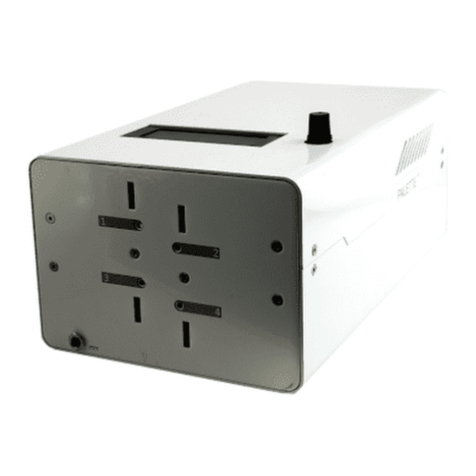
-If the printer has auto-bed leveling, in which case there is also
a probe offset.
-If the printer has a z-offset saved in its firmware.
-If the start sequence in the slicer has linear movements on the
z-axis without homing afterwards.
First Layer Calibration
If you are initially setting up your printer, you make any changes to your
printer setup (bed surface, nozzle, hot end), or want to conduct regular
maintenance, it is recommended to ensure the printer bed is both level
and an appropriate distance from the nozzle. This will ensure that the
first layer of your prints are correct as this is essential to perfecting
your prints. Here (mm3d.co/tt-firstlayer) is a guide on how to calibrate
the first layer.
After finding the first layer z-height, it can be entered into the style
profile or project settings under
First Layer.
The actual z-height that the printer will begin with for printing will be a
combination of both the first layer height in Layer Settings and the z-
offset in First Layer Settings.
Please also consider the following if it applies to the printer, as these
will also affect the z-height:




























